Moonfire Japanese Maple – 5 Gallon Pot
$239.97 Original price was: $239.97.$99.99Current price is: $99.99.
SKU: D2LSC 3593619291 Category: JAPANESE MAPLE TREES
- 7 days return and exchange
- 100% Quality Satisfaction
- Shop with Confidence
- No Compromise on Quality

Moonfire Japanese Maple
Acer palmatum ‘Moonfire’
Plant Details
USDA Plant Hardiness Zones: 5a-9b Find Your Zone
Height at Maturity: 12-14′ at 10 years of age; 18-22′ at maturity
Width at Maturity: 10-12′ at 10 years of age; 16-18′ at maturity
Growth Habit / Form: Upright Rounded
Growth Rate: Moderate, 12-15″ per year
Foliage Color in Spring: Purplish-Red
Foliage Color in Summer: Burgundy-Red
Foliage Color in Fall: Bright Red
Light Needs: Full Sun or Mostly Sun, Morning Sun with Dappled or Afternoon Shade, All Day Filtered Sun, Morning Shade with Evening Sun, Mostly Shade
Water Needs: Average, moderately drought tolerant when established
Soil Type: Clay (Amend heavy clay soil to ensure good drainage), Loam, Sandy, Silt
Drainage: Moist But Well Drained – Does not like constantly soggy or wet soils
Soil pH: 5.0 – 7.0 is ideal
Maintenance: Low
Resistances: Deer, Heat Tolerant, Insect, Disease, Sun Tolerant
Description
One of our favorites among the red leaved upright Japanese Maples, ‘Moonfire’ is a faster grower and hold its color better that others in in full sun or shade. The leaves emerge a dark burgundy-maroon in spring transitioning to a burgundy red in summer, except in shade where it tends to retain its spring color. Fall brings intense fiery-red shades. There’s an opalescence on the leaves that really makes them shine in the sun, or glow when backlit by the sun. The is black with branches curving and twisting upward creating a beautiful somewhat haunting structure that is more visible during the winter months. Moonfire grows to about 15 to 18 feet tall and nearly as wide at maturity.
Landscape & Garden Uses
To showcase its magnificence and beauty, the Moonfire Japanese Maple is best used in the landscape as a focal point specimen to draw attention to a specific area of the home or landscape. That said, it can be planted in groupings of three or two can be used to frame an entryway. Container culture can extend the useful range of Japanese Maples. They are extremely easy to grow in containers, a practice taken to its most extreme form in the art of bonsai.
Suggested Spacing: At least 20 feet apart for space between trees
Note: One Japanese Maple can make a landscape…that is if you don’t overcrowd it with other trees and plants. Therefore, when selecting companions to plant under or around your Japanese Maple, make sure to select low-growing shrubs or groundcover plants that won’t interfere at all with your tree.
Growing Preferences
Though delicate looking, Japanese Maples are actually very tough and long-lived trees. They are very easy to grow in the ground or containers.
In their natural habitat, Japanese Maples are understory trees, growing in dappled forest sunlight at the edges of woodlands. Ideally they prefer to be grown in similar conditions. That said, you can find a complete listing of our sun-tolerant Japanese Maple varieties here, of which Moonfire is one.
Most any average garden soil will grow Japanese Maples. They prefer a moist but well-drained soil rich in organic matter. The Moonfire Japanese Maple will grow in full sun or shade. As with so many other ornamental plants and trees, constantly soggy or wet soil can be problematic. So make sure to plant your Japanese Maple in a well-drained site.
Helpful Articles
Click on a link below to find helpful advice from our experts on how to plant and care for Japanese Maple trees.
How To Plant A Japanese Maple Tree In The Ground
How to Plant A Japanese Maple Tree In A Pot
How To Fertilize And Water A Japanese Maple Tree
How To Prune A Japanese Maple
Plant Long & Prosper!
Meet The Wilson Brothers & Staff
Questions? Contact Us!
Be the first to review “Moonfire Japanese Maple – 5 Gallon Pot” Cancel reply
Related products
New
JAPANESE MAPLE TREES
New
JAPANESE MAPLE TREES
New
JAPANESE MAPLE TREES
New
JAPANESE MAPLE TREES
New
JAPANESE MAPLE TREES
New
JAPANESE MAPLE TREES
New
JAPANESE MAPLE TREES
New
JAPANESE MAPLE TREES





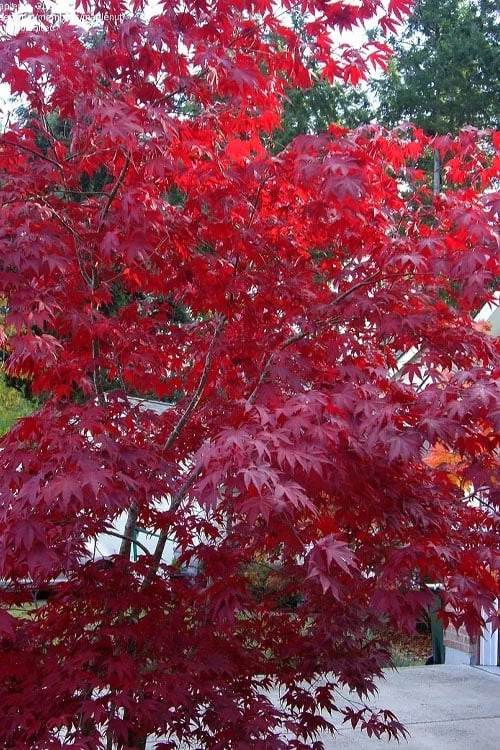


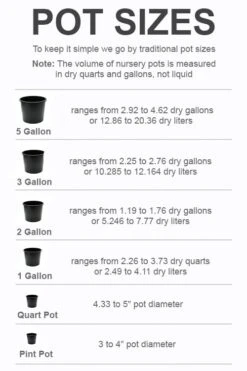







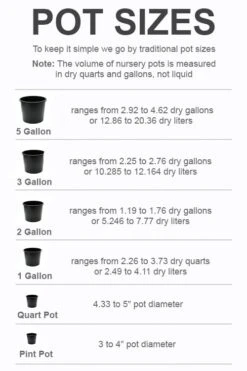


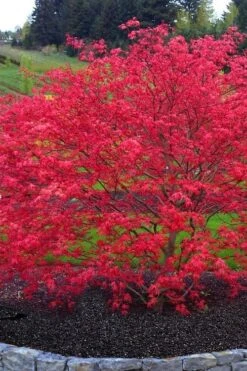
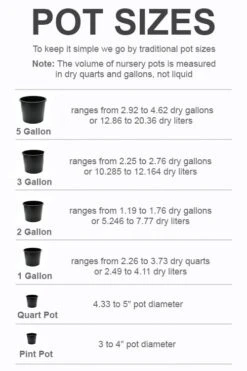

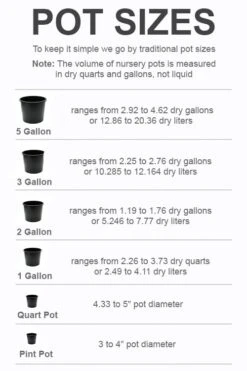
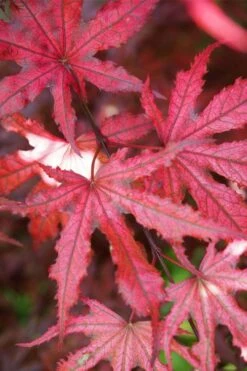
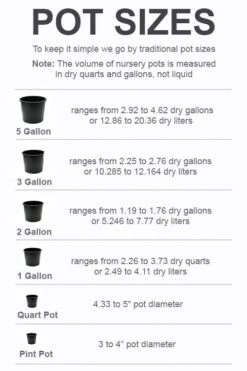



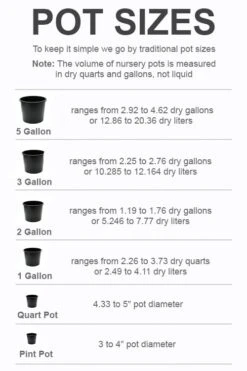
Reviews
There are no reviews yet.